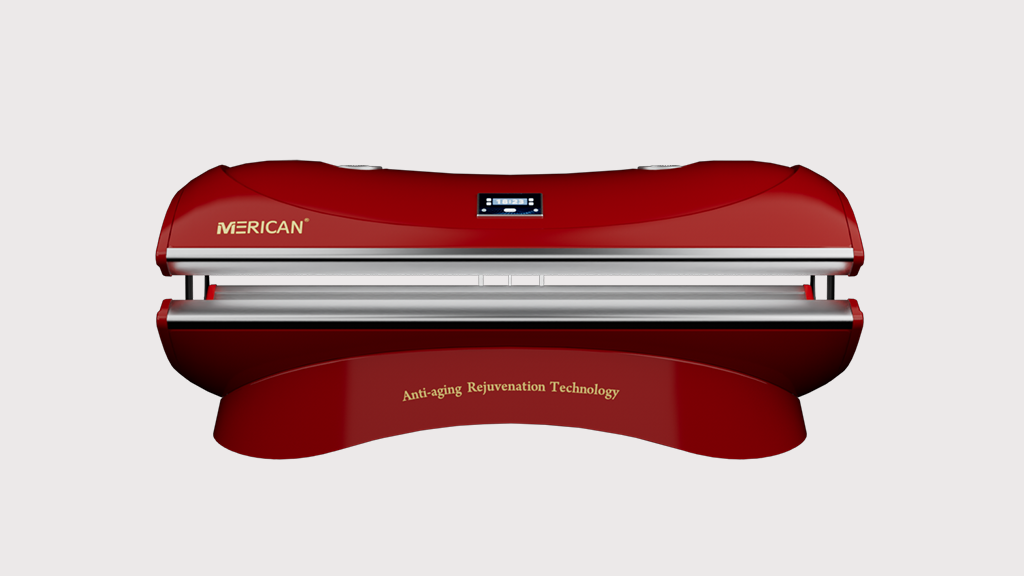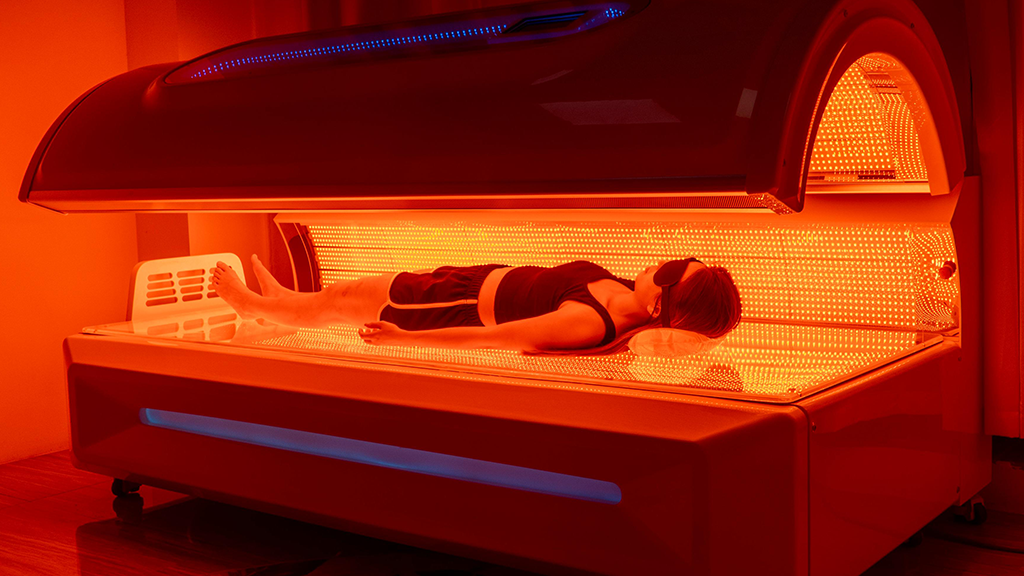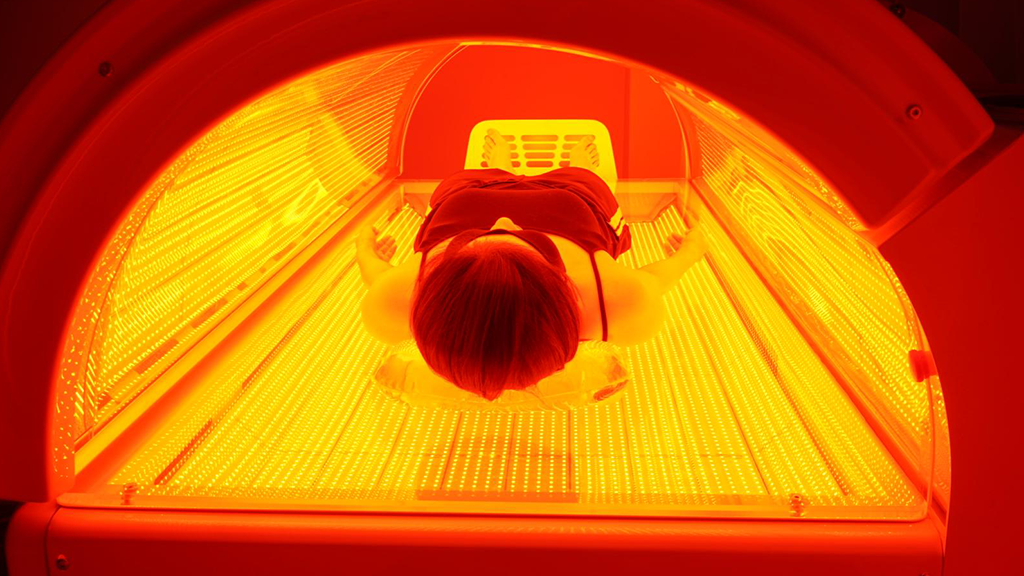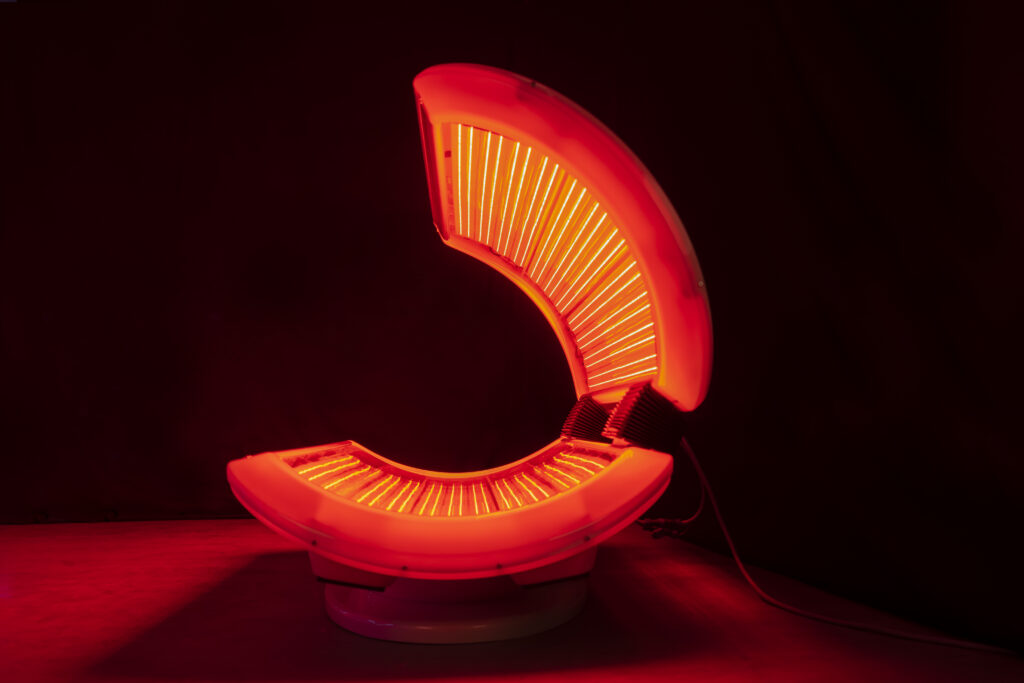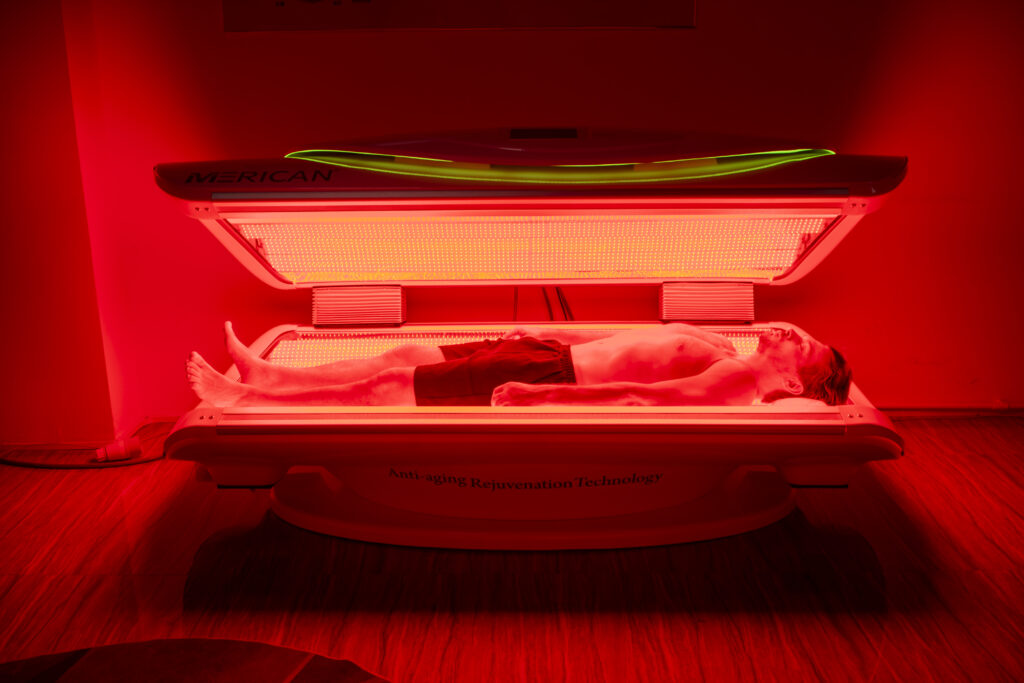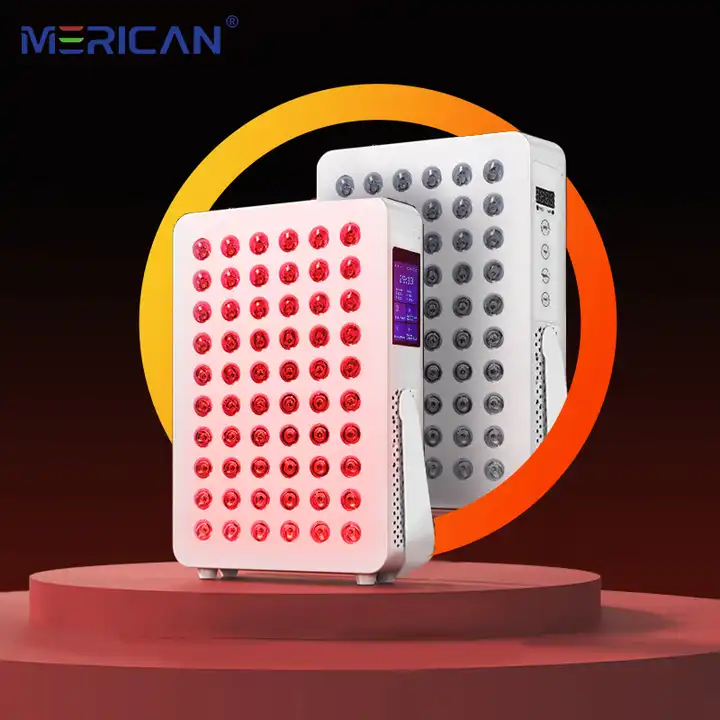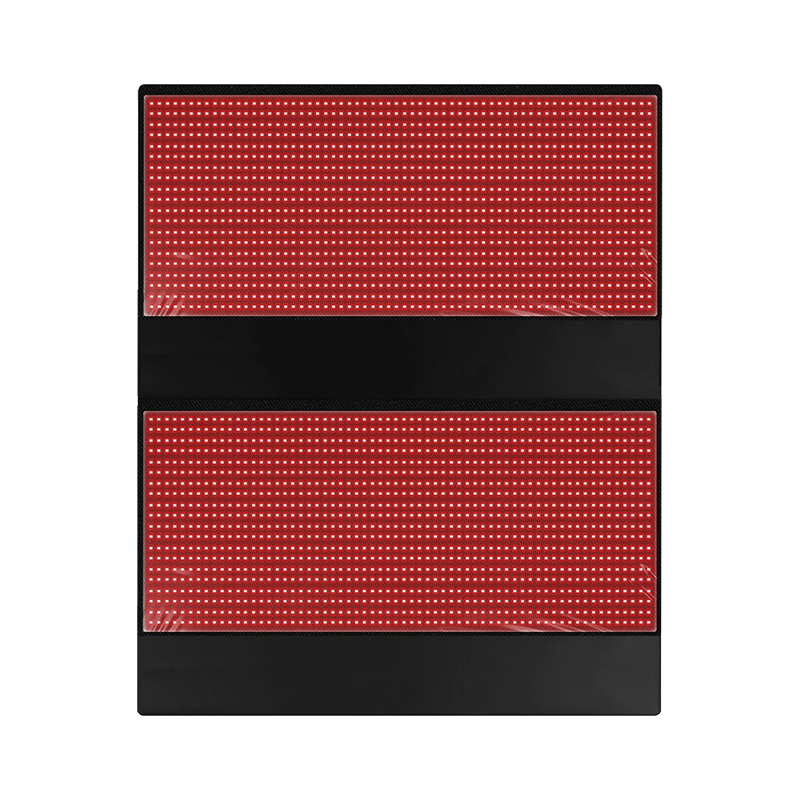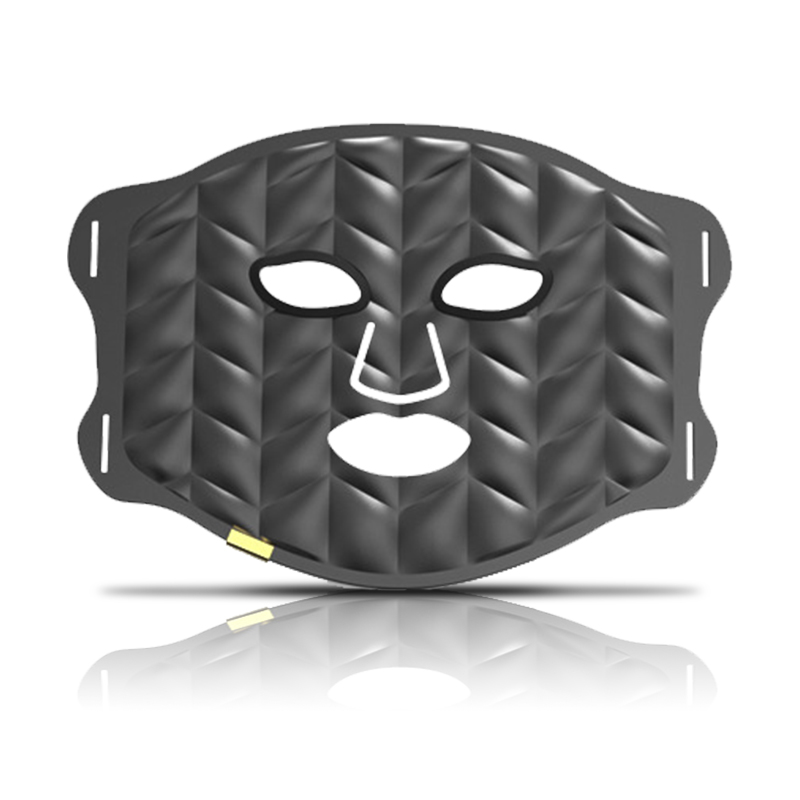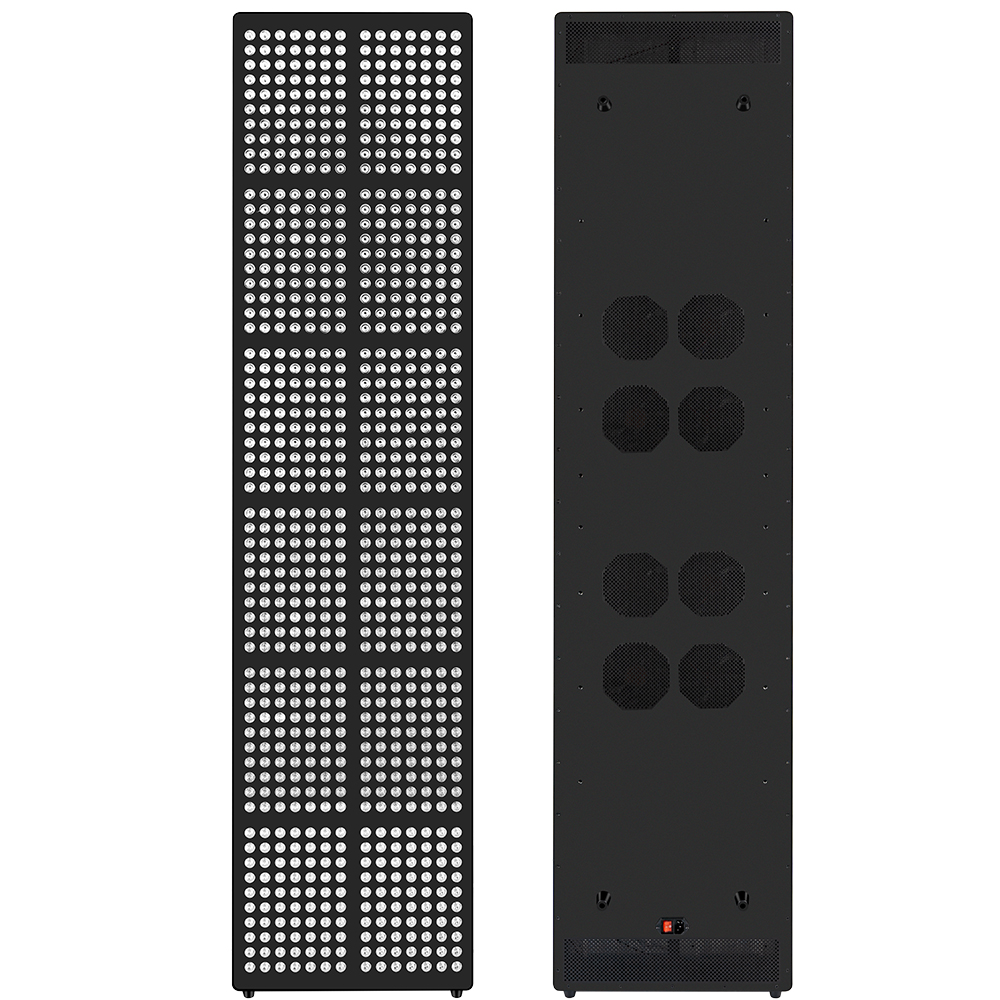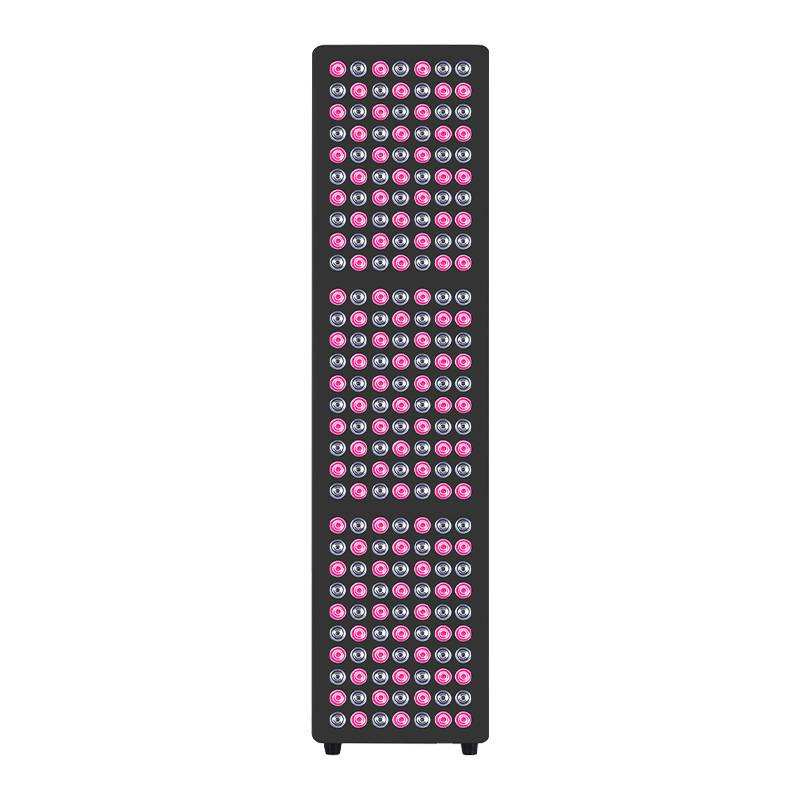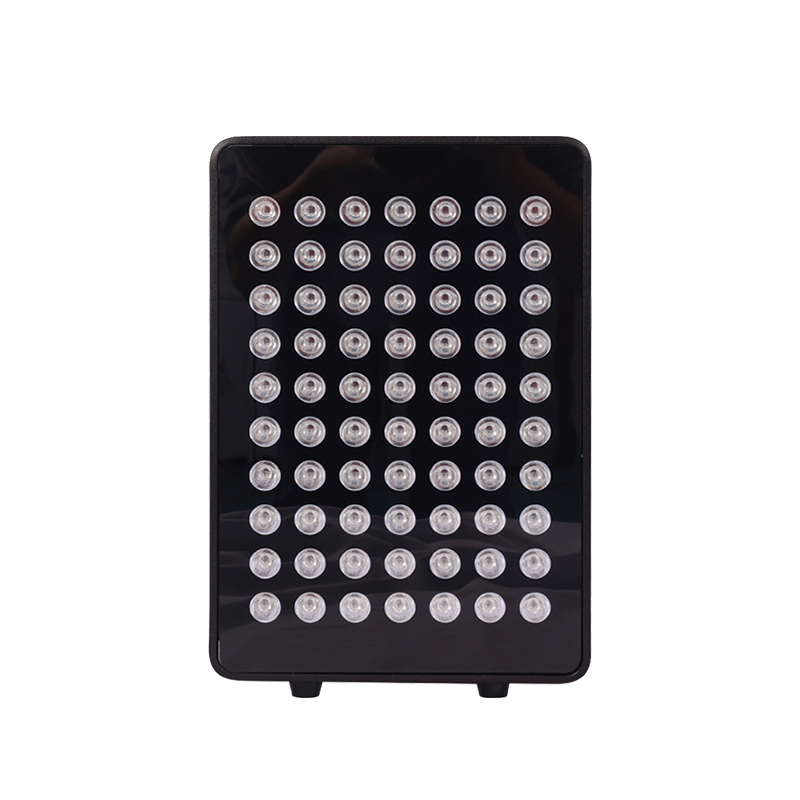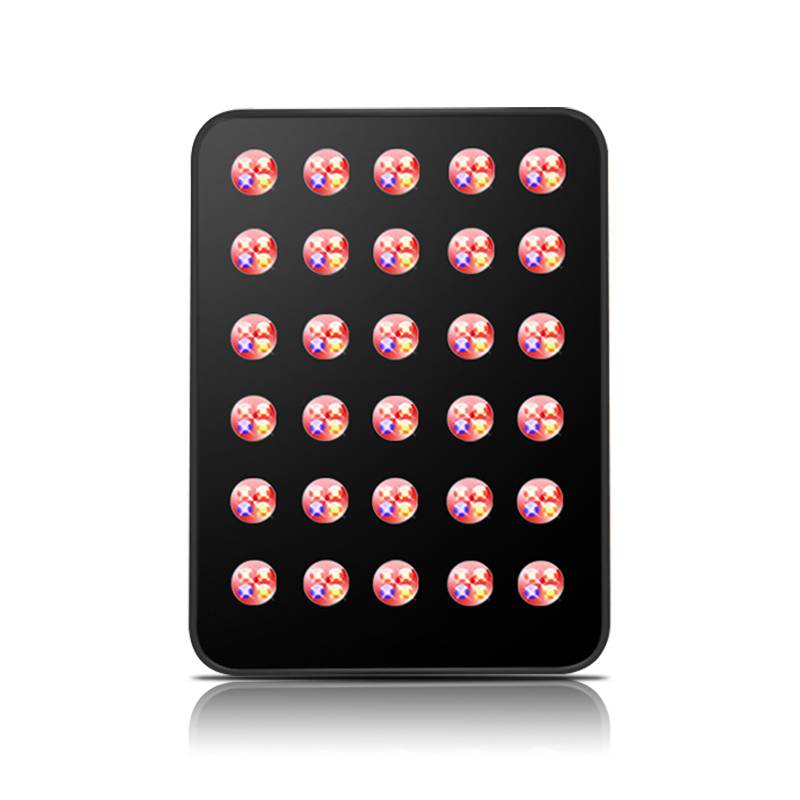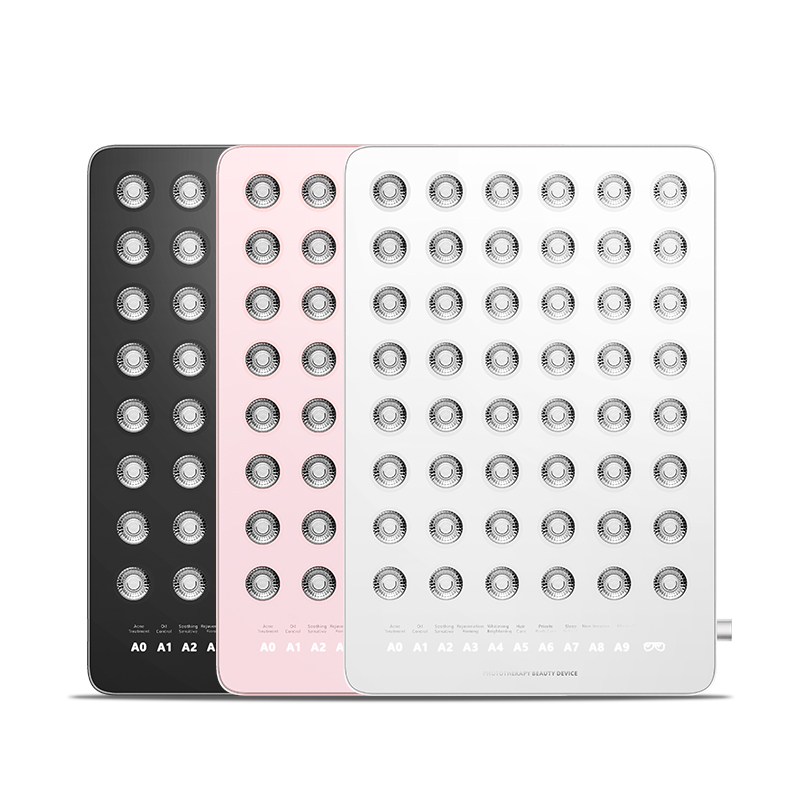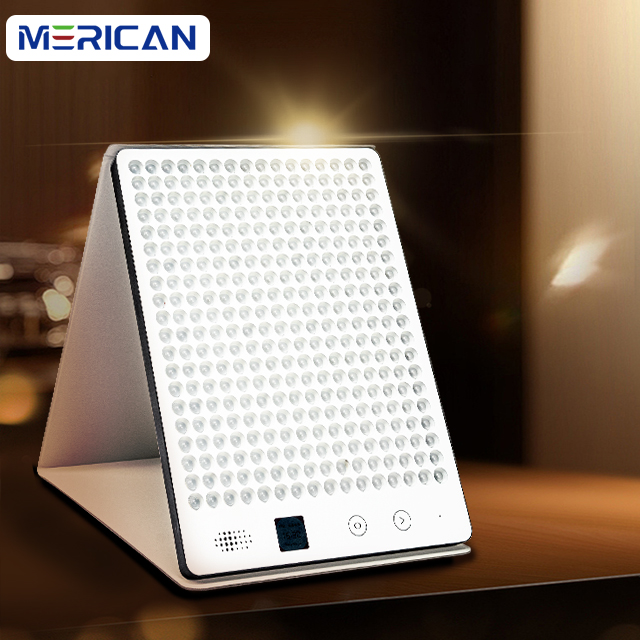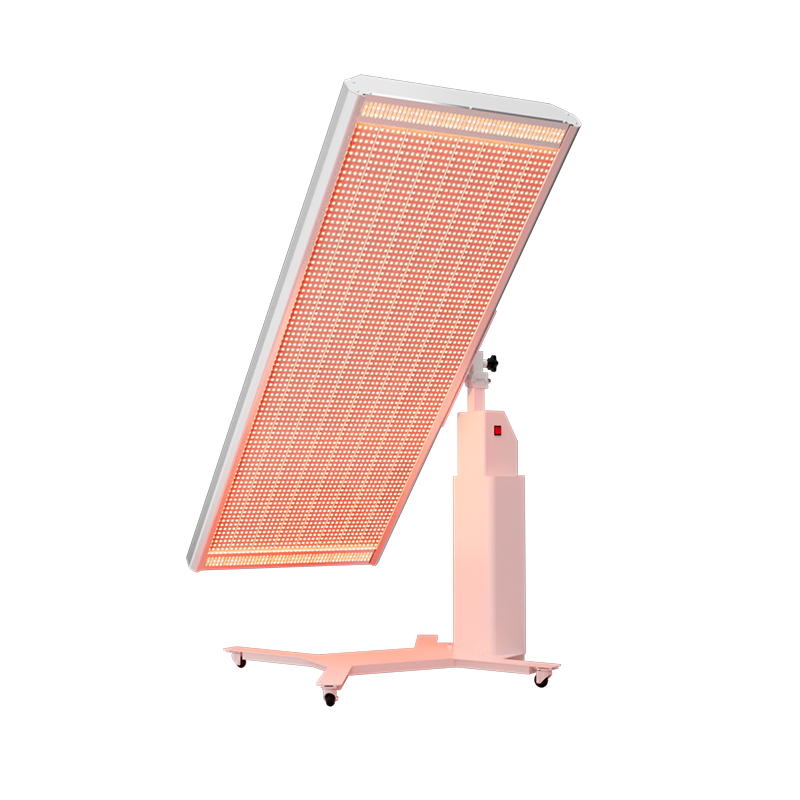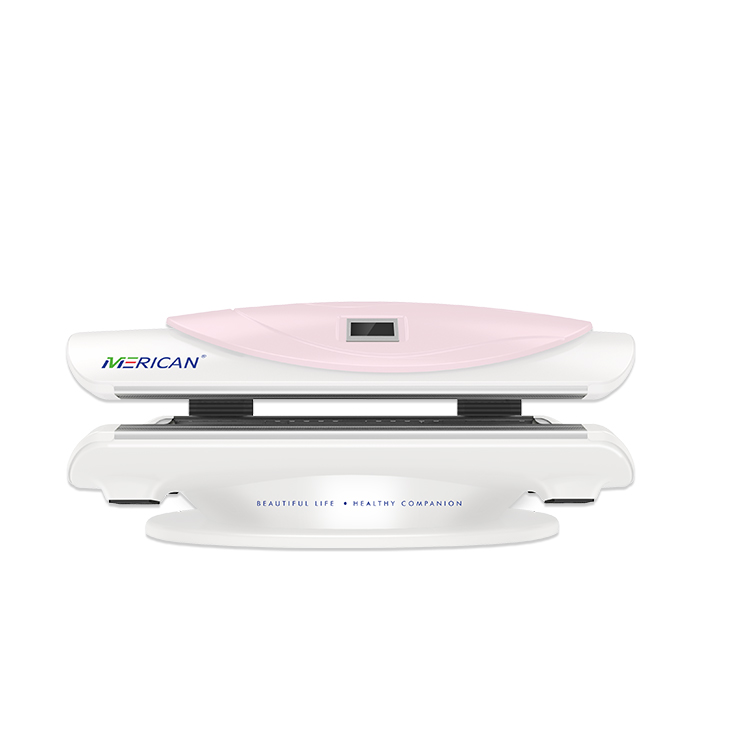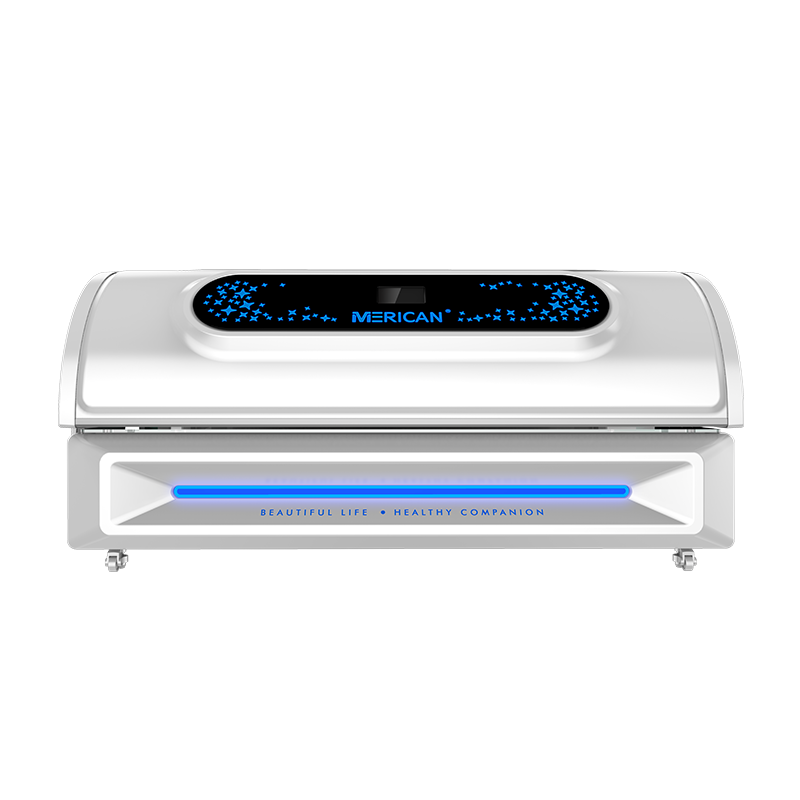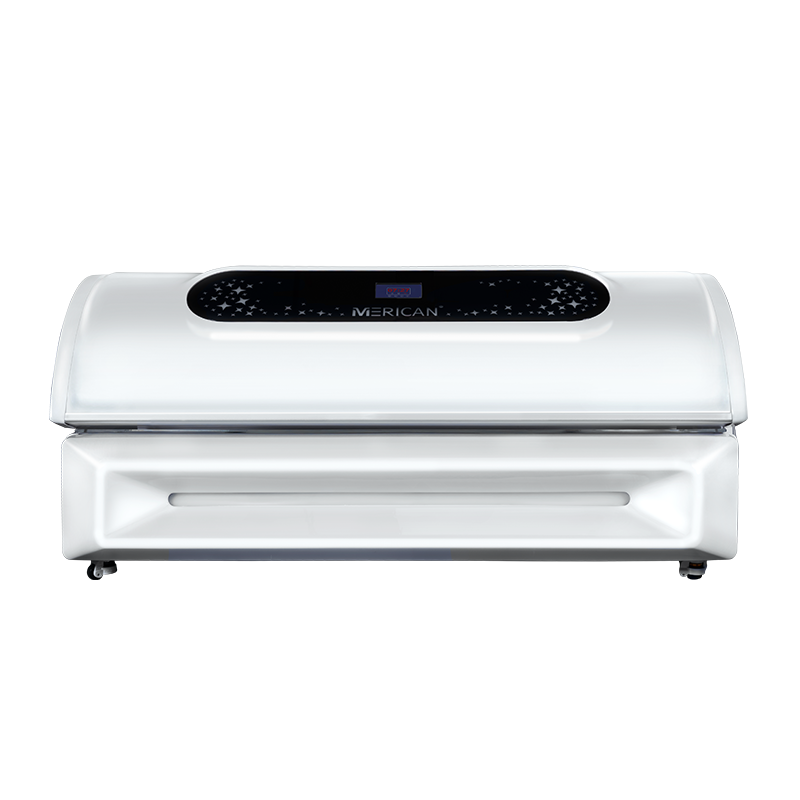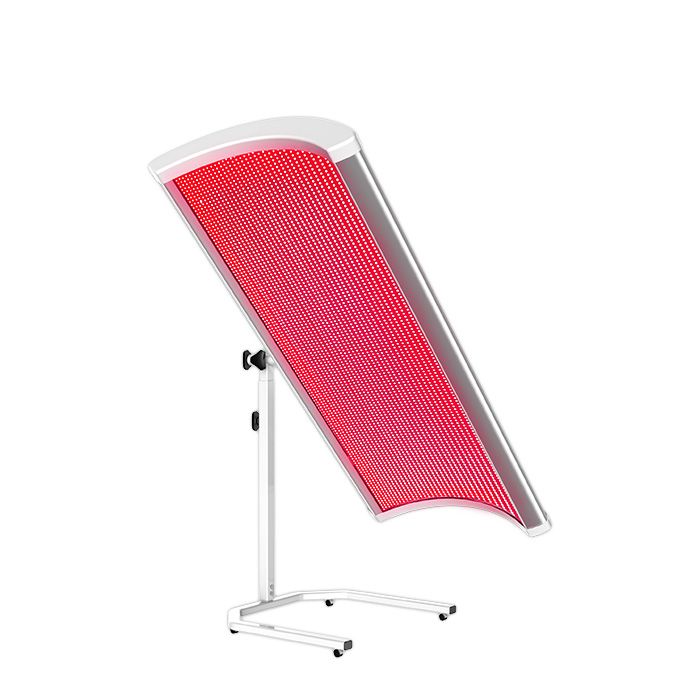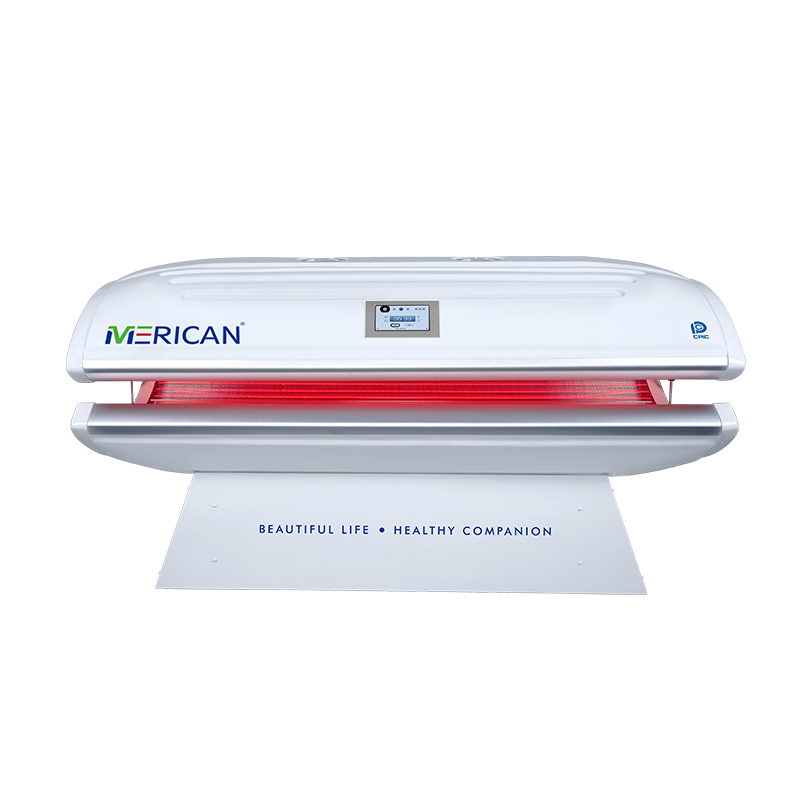After a tough workout, many people look for ways to recover faster, reduce soreness, and improve performance. Red light therapy has become a popular option in fitness circles—but is it really beneficial after exercise? Décomposons-le.
1. How Red Light Therapy Works Post-Workout
Utilisations de la thérapie par la lumière rouge longueurs d'onde rouges et proches infrarouges de faible intensité to penetrate the skin and underlying muscles. Après l'exercice, ça peut:
- Stimulate énergie cellulaire (ATP) production for faster recovery
- Réduire inflammation and oxidative stress
- Améliorer circulation sanguine, helping deliver nutrients to muscles
2. Benefits of Red Light Therapy After Exercise
- Récupération musculaire plus rapide: Helps muscles repair and reduces post-workout soreness.
- Inflammation réduite: Can calm inflamed tissues and joints.
- Enhanced Performance: Consistent use may improve strength, endurance, and overall muscle function.
- Joint Support: Reduces stiffness and supports mobility.
3. Recommended Timing and Frequency
- Timing: Most experts suggest using red light therapy within 1–2 hours after your workout for optimal recovery benefits.
- Durée: 10–20 minutes par session, targeting sore or fatigued areas.
- Fréquence: 3–5 fois par semaine, depending on workout intensity and recovery needs.
4. Considérations de sécurité
- La thérapie par la lumière rouge est généralement sûr et non invasif.
- Évitez la surexposition; follow your device’s recommended distance and session length.
- Stay hydrated and allow muscles to cool down before sessions if your workout was intense.
Conclusion
Red light therapy is good for post-workout recovery, helping reduce muscle soreness, speed up healing, and support overall performance. By incorporating it into your routine, you can recover faster and get the most out of your workouts.

